
You might be surprised to know that only the United States of America, Myanmar, and Liberia are still using the imperial system. The metric system has been used in Myanmar and Liberia alongside the imperial system for a long time now. Both countries are on the verge of totally converting to the metric system.
There is just one country left that is officially using the imperial system, and it doesn’t look like it will change any time soon. It’s the United States. In 1975, the United States took the step to switch to the metric system that all the world is using. This will make things a lot easier when communicating with scientists and engineers around the world.
It officially announced that the metric system was the “preferred” way of expressing weights and measurements; however, people didn’t find any appealing reason to learn a completely new system after being used to the imperial system many years ago.
Another interesting case is the UK. Since the United Kingdom was founded about 200 years ago, one would immediately find that the imperial system is the mainly used system. However, the UK is somewhat in the middle of the two systems.
If the US was willing to switch to the metric system, but things didn’t work well, the UK had actually switched to the metric system and is officially a metric system country. However, people there still prefer to use miles/hour to indicate speed. Pounds, gallons, and pints to express volume.
So why are these countries still preferring the imperial system? Or maybe a better question is why the people of these countries refuse to switch, even though their countries have made the needed step?
But first, let’s find out which system is better from a logical scientific point of view. It will be divided into a four-round to determine the winner at the end:
Round 1: Which System Makes More Sense?
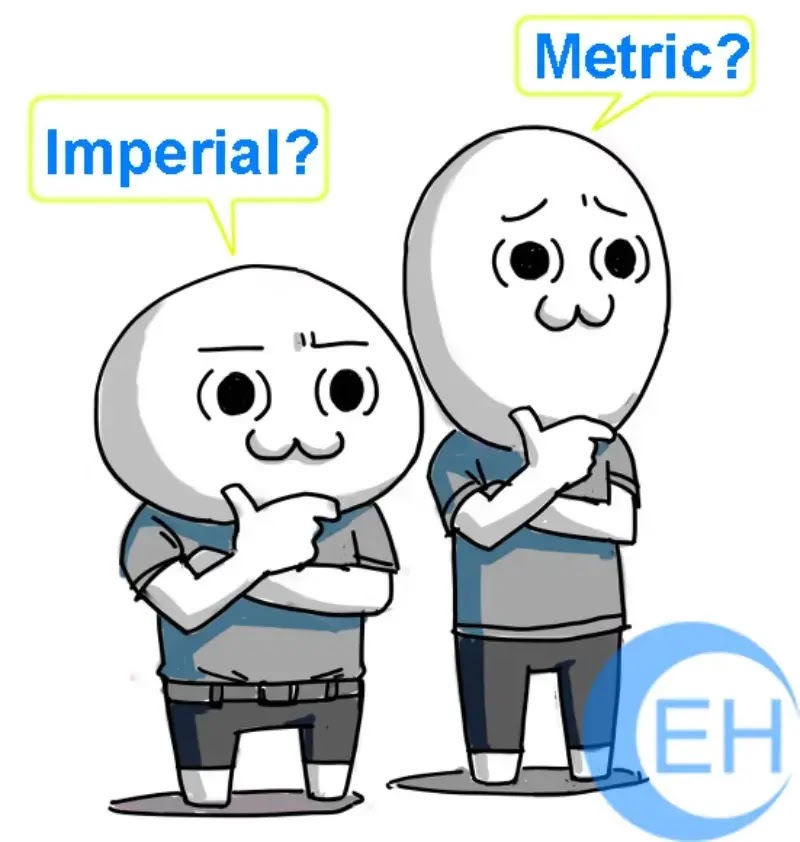
Metric:
In the early 1800s, the Metric system was developed in France. Based on meters of length, grams of weight (or mass actually!), and liters of volume. “Metric,” as the name suggests, refers to a distance in meters. When it comes to making things larger or smaller, there is a system of prefixes that are used in multiples of 1000 (Kilo, Mega, Giga, Tera): think of your milligram medicine or your gigabytes of computer capacity. Due to its consistent use of powers of 10, the metric system is decimal.
Imperial:
Imperial units of length are inches, feet, yards, miles. For weight (or mass), it’s the ounce, pound, stone, hundredweight. And for the volume, it’s the fluid ounce, pint, quart, gallon. The Imperial system does not use the decimal system:
- Length: 12 inches equals a foot; 3 feet equals one yard; 1760 yards equals one mile – an odd choice of numbers, which has an even longer and more convoluted history.
- Weight or mass: a pound contains 16 ounces; a stone weighs 14 pounds, and a hundredweight has 8 stones (or 7 stone 2 pounds if you live in the US) because the imperial system is different between the US and the UK!.
- Volume: Pints hold around 20 fluid ounces, a gallon holds about eight pints, and so on. Again, the rules in the United States are somewhat different.
Imperial suffered a severe setback by these strange conversion factors and cross-continental inconsistencies, whereas the metric system of prefixes is well suited to dealing with today’s micrograms and gigabytes. In addition to this, the architecture of the metric system is stunning: 1 cm3 is equivalent to 1 ml, and a liter of water weighs exactly 1 kg. That’s a stunning piece of art!
Metric is the winner in round 1.
Round 2: Which is most easy to learn?
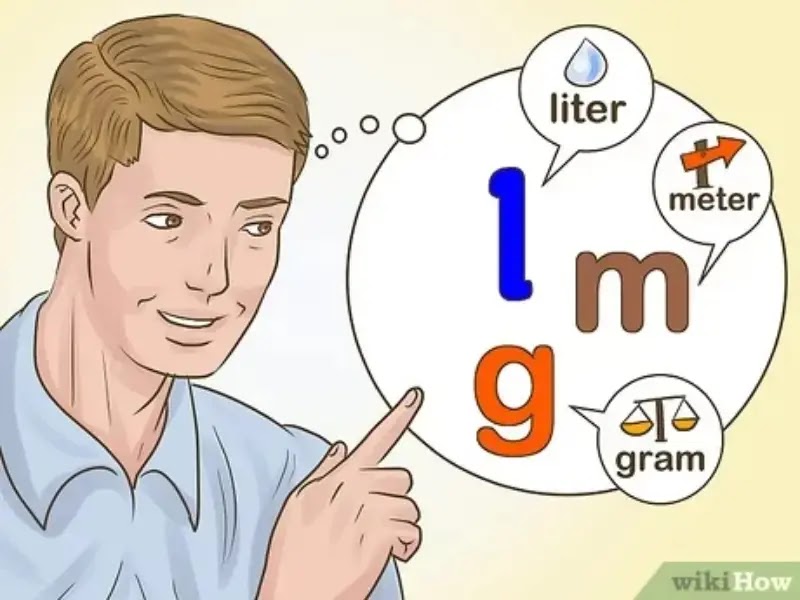
Length:
A book, a door, or a person are some of the most common things we measure on a daily basis. These dimensions are well suited to the inch and foot!
A foot is roughly the length of an adult’s foot, and an inch is the space between your thumb and forefinger when you hold them parallel as if to say “about this large.”
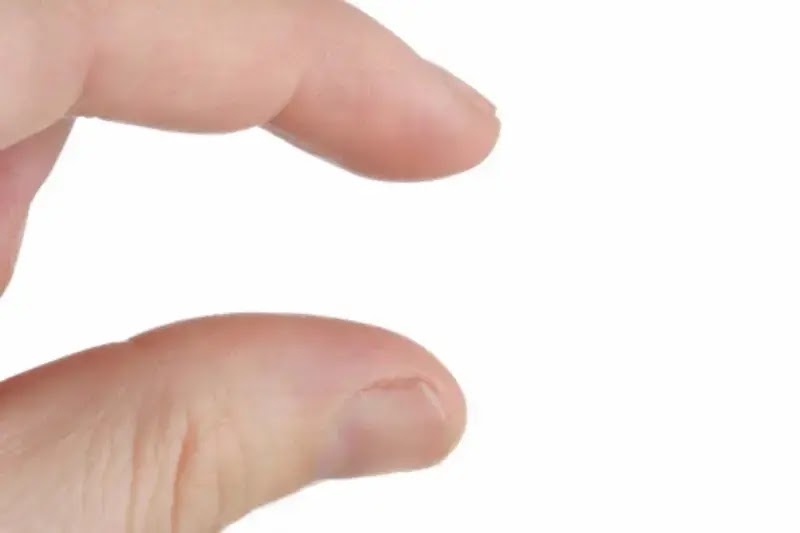
Most of us can easily imagine someone who is 5 feet 4 inches tall. One point six three meters or 163 centimeters, on the other hand, are more difficult for us to imagine.
Weight:
Since “four ounces of butter” is simpler to manage than “114 grams,” the imperial units were developed with daily items in mind. When it comes to ingredients like wheat and sugar, we still use ounces even if they are marketed by the kilo.
Compare the following three equally weighted values while considering my own weight: 159 pounds, 11 stone, or 72 kilograms. As far as I’m concerned, kilograms are the most logical unit of measurement.
Volume:
Both methods are now easy to visualize because we all know what a one-pint and one-liter bottle look like.
As a general rule, Imperial units are the “Goldilocks zone” when it comes to measuring common household items since they were specifically created for this reason.
Imperial is the winner in round 2.
Round 3: What’s better for calculating numbers?
It’s simple to convert 2.5 kilometers to meters (2500 m), but converting two and a half miles to yards is a bit more. Similarly, 83 kg Equals 83,000 grams (simple), but converting 13 stone to ounces is far more difficult. When it comes to converting between tiny and big units in metric, moving the decimal point is all you’ll ever have to do because the system is decimal.
Metric is definitely the winner in round 3.
Round 4: Finally, what is everyone else using, and should we be concerned about it?
The Imperial system may be what you’ve grown up with, but a Frenchman or a Chinese woman would have no idea what a mile, a gallon, or a stone means to the typical person. The metric system has a major benefit in that it is universally recognized.
Is it worth it to switch to metric? Absolutely! It’s time for us to embrace the metric system for the positive reasons outlined in this post, and I believe we should do so worldwide – including eliminating miles from our roadways.
Metric is the winner in round 4 and in the whole battle.
Why are People not willing to switch?
Maybe this is not the perfect question. Maybe we should ask: do they really need to switch?
Yes, switching to the metric system will solve many issues, including easier collaboration around the world. But who says that there is no collaboration now?!
System differences are not an issue facing the international collaboration between scientists and engineers around the world. With the advancement of computer and software technologies, all these numbers can be converted within less than a second.
People in the US and UK mainly are still using the imperial system because they are used to it, and it makes sense for them. If you tell them that the temperature today is 40 Celsius, it never makes sense for them, as you would say it is 104 Fahrenheit.
Conclusion
In conclusion, we could say that uniting the systems around the world is something that we all need. But until this happens, it is ok for people to use the imperial system since they are used to it.
As we said before, the imperial system makes more sense in daily life activities. On the other hand, the metric system is a more powerful, scientific, and logical system.
What do you prefer in your daily life, metric or imperial? Leave your answers in the below comment section:

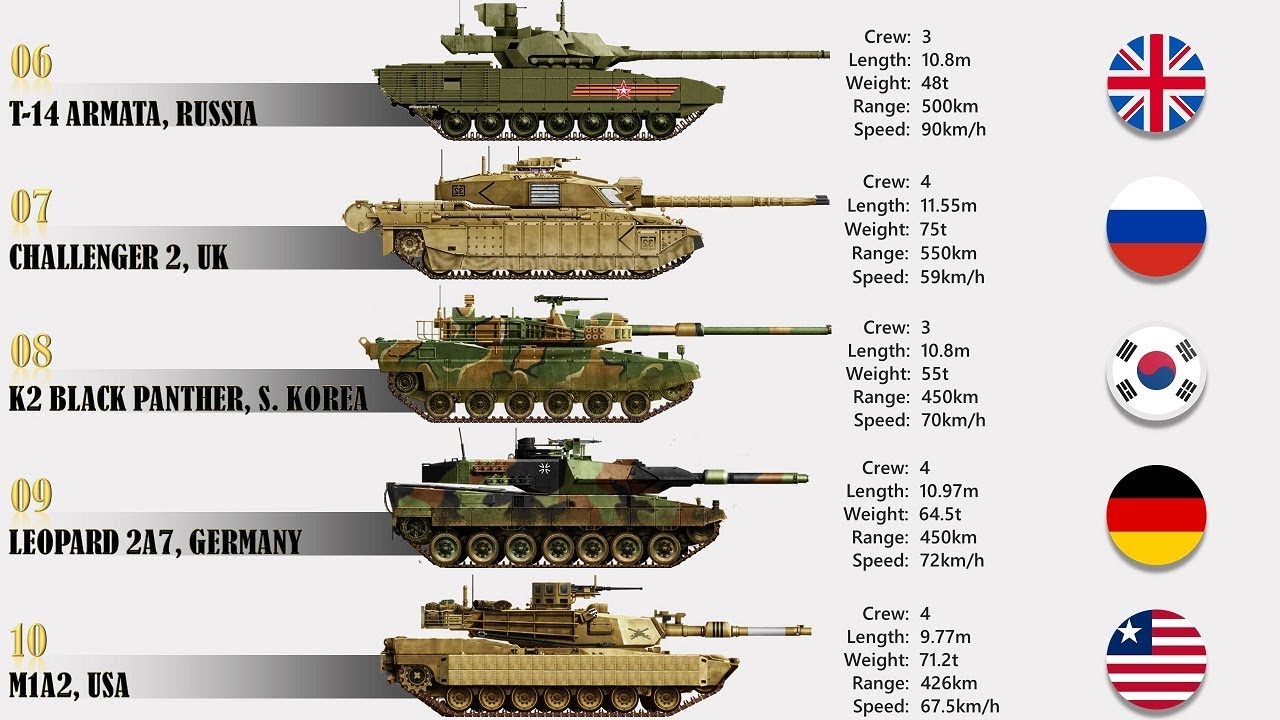


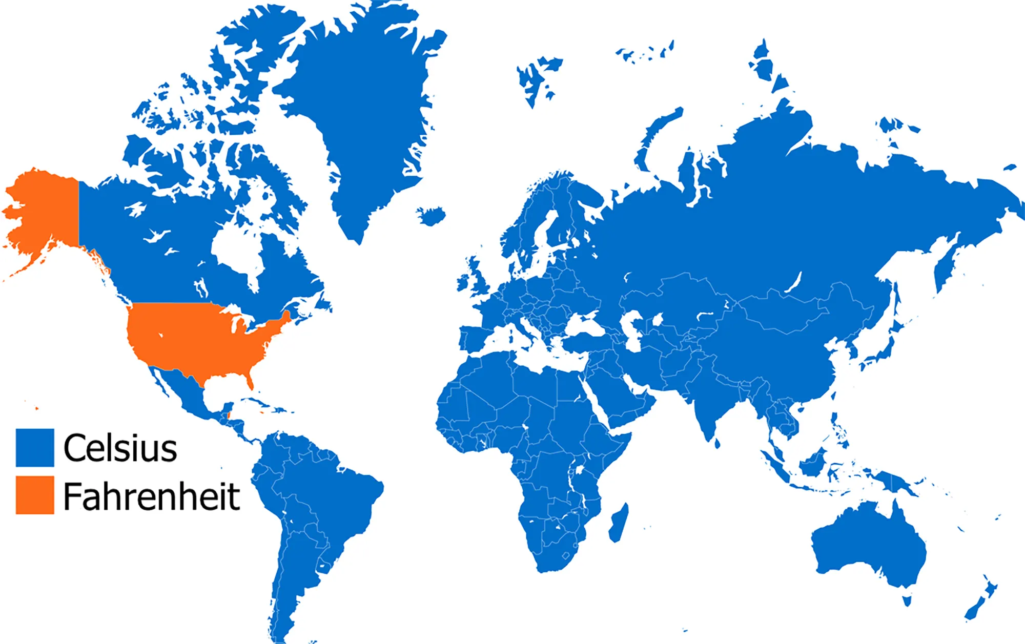
IF the US and the UK used the same amount grams per cup, gallon etc it would make SOME sense, but you don’t.
To use a recipe written in English, from Internet e.g., you have to know the origin of the author, or you can mess up badly.
EASY TO LEARN? IMPERIAL?!? You got to be kidding!!!? To keep a BUNCH of different measures, that not even can be exact when you measure very small distances or weights, without letting it end up in 14/16″ etc (just a measure from nowhere, no idea what that is in mm, millimeters), or an extreme row of numbers, like converting millimeter to inch: 1 mm equal 0,03937″. Which is the easiest to use, for building houses etc?
When you need to very exact, 0,1 mm equal 0,003937″, 0,3 mm equal 0,011811, 0,037 mm equal 0,001457″. I don’t even dare to think of when you use “parts of (“14/16”), that would be a catastrophe it’s about measuring fixed objects, especially if you have to use that measure mathematically in complicated calculations. Take a guess why in science the metric system is used.
You mentioned the pros and cons of the metric system, but nearly touched the cons of the imperial. A system which actually are two, which you casually mentioned, like it was no big deal.
UK gallon: 4,54609 liters
US gallon: 3,785412 liters.
1/4 UK gallon: 1,136522 liters
1/4 US gallon: 0,946353 liter
I don’t have access to cups right now, but it’s, if my memory doesn’t fail me, between 0,5 – 1,0 deciliter. If you measure 4 cups of flour it’s a heck of a difference for what a cake will be.
Either UNITE about the imperial systems, or convert to the metric. No more confusions.